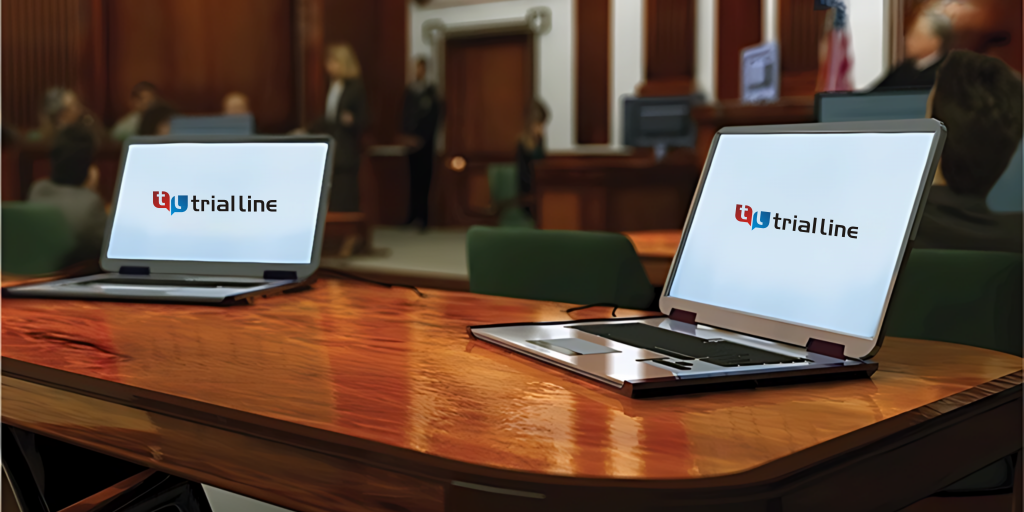Winning cases often depends on well-prepared trial presentations designed for impact.
Winning cases often depends on well-prepared trial presentations designed for impact.
Blog Article
Just How Trial Presentations Enhance Your Disagreement and Encourage Jurors
Trial presentations act as an essential system for boosting lawful disagreements and convincing jurors. By incorporating visual help, narrative structures, and psychological interaction, lawyers can produce an engaging situation that resonates on numerous levels. The strategic use visuals not just makes clear complicated information but likewise catches jurors' attention a lot more properly than words alone. Nevertheless, the art of storytelling plays a similarly important duty in transforming factual proof into an engaging story, forming jurors' understandings - trial presentations. Comprehending these aspects can dramatically influence test end results, elevating the concern of just how each part contributes to this elaborate dynamic.

Significance of Aesthetic Help
Visual help play an important role in improving the efficiency of test presentations, as they can substantially raise audience involvement and retention of info. In the context of a test, where jurors are charged with processing complicated details, visual aids offer to simplify and clarify bottom lines. Charts, charts, and photos can convey data and ideas that might or else overwhelm or puzzle jurors, enabling a much more straightforward understanding of the evidence presented.
Moreover, visual aids assist in preserving juror interest throughout the proceedings. By breaking the dullness of spoken testament, these tools can punctuate essential debates, making them a lot more remarkable. Effective aesthetic aids can likewise stimulate psychological reactions, which can be pivotal in convincing jurors to line up with the presenter's story.

Crafting Engaging Stories
A compelling narrative is crucial in test discussions, as it serves as the backbone of effective persuasion. It allows lawyers to weave together realities, proof, and psychological elements right into a coherent story that resonates with jurors. This narrative framework allows jurors to comprehend the complexities of the situation while leading them via the lawyer's disagreement.
To craft a compelling narrative, attorneys must concentrate on quality and comprehensibility. This includes developing a clear lead character-- commonly the client-- and describing their journey through the occasions in question. Presenting the realities in a logical series boosts understanding and maintains engagement. Furthermore, the usage of vivid summaries can produce psychological images that assist jurors envision the events, making the story a lot more unforgettable.
In addition, incorporating vital motifs throughout the presentation enhances the core message and aids in retention - trial presentations. The story ought to not only convey details however additionally stimulate a feeling of justice, highlighting the risks involved. Eventually, a well-constructed narrative promotes a connection in between the jurors and the situation, placing the attorney's disagreement as both credible and engaging, thus enhancing the chance of a beneficial judgment

Involving the Court Psychologically
Efficient court involvement hinges on the attorney's capacity to link with jurors on an emotional level. This link can considerably affect jurors' perceptions and their supreme decision-making.
Visual help, such as photographs or videos, can further boost emotional interaction, providing jurors with vivid representations of the case's human aspects. Crafting a narrative that highlights the battles and victories of the people involved makes sure that jurors see beyond the legal disagreements and identify the human repercussions of their choices.
A lawyer's enthusiastic shipment can resonate with jurors, enhancing their psychological investment in the instance. It's necessary to balance psychological allures with valid evidence, ensuring that jurors really feel forced to act while staying grounded in the fact.
Structuring Your Presentation

The body of the discussion must be realistically fractional right into bottom lines, each supported by compelling proof. It is advantageous to make use of narration methods to weave truths into a story that jurors can easily adhere to. Visual aids, such as graphes and videos, can boost comprehension and involvement, aiding to highlight crucial items of proof.
Real-World Situation Studies
Examining real-world study offers very useful insights right into the art of trial discussions and persuasion. The site situation of "O.J. Simpson v. The Individuals of The golden state" illustrates exactly how visual help and engaging narratives can persuade court understandings. The defense group effectively utilized an approach that incorporated prominent professional testaments with multimedia discussions, which astounded jurors and inevitably affected their choice.
One more significant instance is the "McDonald's Coffee Case," where the plaintiff's lawyers made use of graphic photos of the injuries endured by Stella Liebeck. trial presentations. This plain visual proof played a critical role in conveying the severity of her burns, resulting in a substantial court award. Such situations demonstrate that impactful test discussions often rest on the reliable assimilation of visuals and storytelling to evoke emotional feedbacks from jurors
Furthermore, the "Casey Anthony Test" highlighted the importance of narrative coherence and reputation. The prosecution's failing to establish a compelling timeline decreased their convincing power, highlighting the necessity of a well-structured presentation. Evaluating these situations reveals that successful test presentations call for calculated read the article preparation, psychological engagement, and the ability to reverberate with jurors' worths and beliefs.
Final Thought
Test discussions significantly improve arguments and persuade jurors through the calculated usage of visual aids, engaging narratives, and psychological interaction. By streamlining complex details and promoting links with the audience, these elements develop an unforgettable and impactful experience. A well-structured discussion balances psychological allures with factual proof, eventually resonating with jurors' worths. The integration of these strategies not only influences decision-making however also emphasizes the value of effective interaction in the courtroom.
Report this page